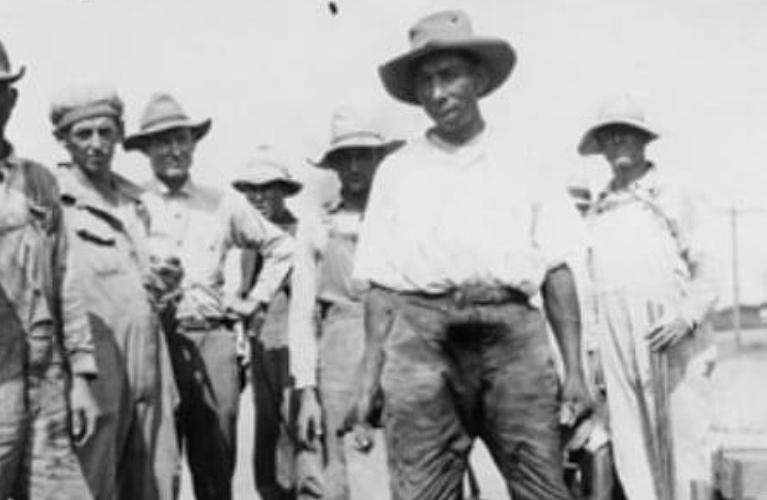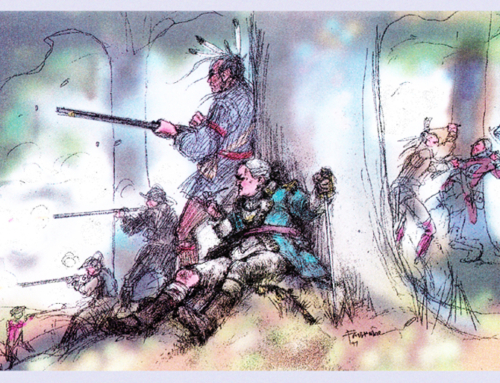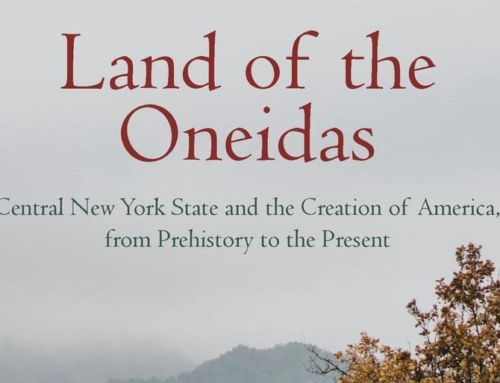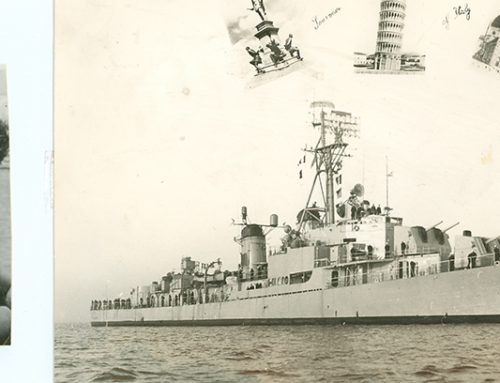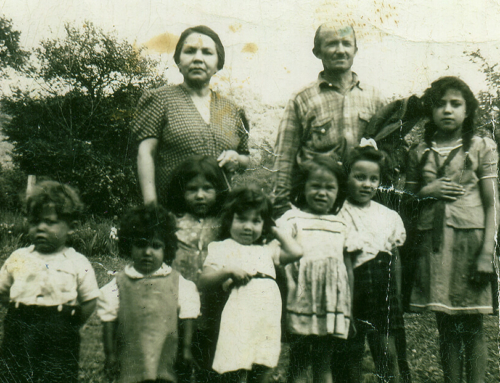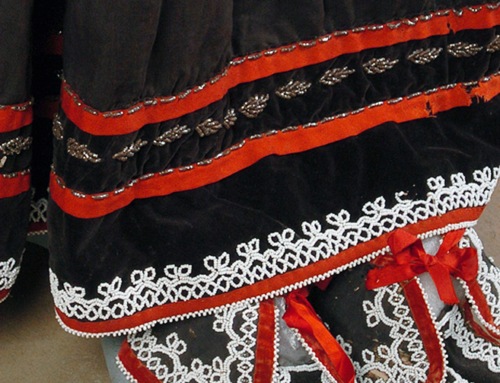By Kandice Watson (Wolf Clan)
As the Nation’s Documentarian, I receive various types of inquiries from all kinds of people interested in learning more about our history and culture. It is not often that I am stumped or surprised by the stories I am told or the questions posed to me, but that is not to say it never happens.
I was recently contacted by a journalist in Kansas who was inquiring about a gentleman affectionately called “Indian Jim,” who was famous for his brick-laying abilities in that area during the 1920s and 1930s. The journalist’s mother was pictured in an old photo as she watched Indian Jim perform his work on a street in St. John, KS.
Indian Jim was officially known as James Garfield Brown and had mentioned to several people at the time that he was a member of the Oneida Indian Nation –leaving the reservation in Upstate NY to escape the poverty that many were experiencing there at the time. The depression years were especially rough on the reservation and work was hard to find.
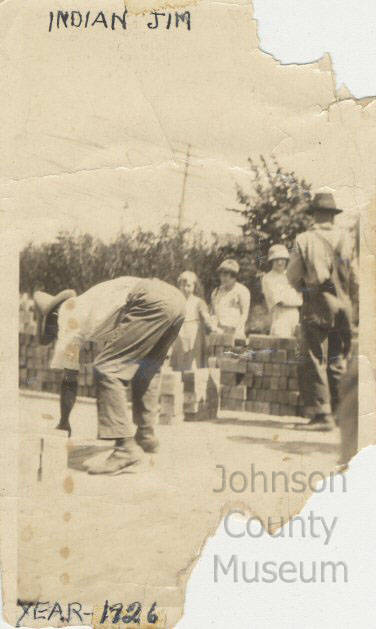
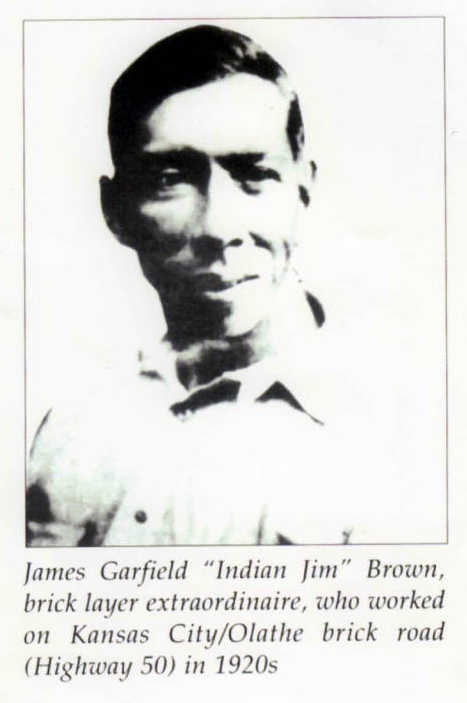
Jim moved to the Kansas area after learning brick-laying skills and made his home there. He laid bricks all over the southern United States in places such as Texas, Kansas and Mississippi, and in other cities in the south. The brick roads remain to this day. Many stories were written about Jim, and writers would describe the fast pace with which he worked and how he would keep several assistants busy carrying bricks to him. An article written about him in 1920 states, “The afternoon was cool and the ’Chief’ started ’down the line.’ Fourteen men were kept busy carrying brick to him – each carrying six bricks at a trip. The longer the ‘Chief’ worked, the faster he worked. He started in at about twenty minutes of two o’clock and at five o’clock he had laid 19,000 eight-pound bricks. Figuring these bricks at 8 pounds each, the ‘Chief’ had handled 157,800 pounds in a little less than three and one half hours.”
Often he would have non-Indian men challenge him to a contest to see who could lay bricks the fastest. Jim always won the contest. His skills were so renowned that he was profiled in Ripley’s ‘Believe it or Not’ in 1939 and was described as “Indian Jim Brown – Full blood Oneida Indian – lays 58,000 paving bricks a day – 207 tons. This is his daily average. He challenges any man.”
Whether Jim was actually Oneida will probably never be known. He is not listed in our records, and through further research, I have found that his parents were Peter Brown and Lucy Ninham from the Tuscarora reservation. That is not to say he wasn’t Oneida; we may never know. But we are sure that he was Haudenosaunee and that is good enough for me.
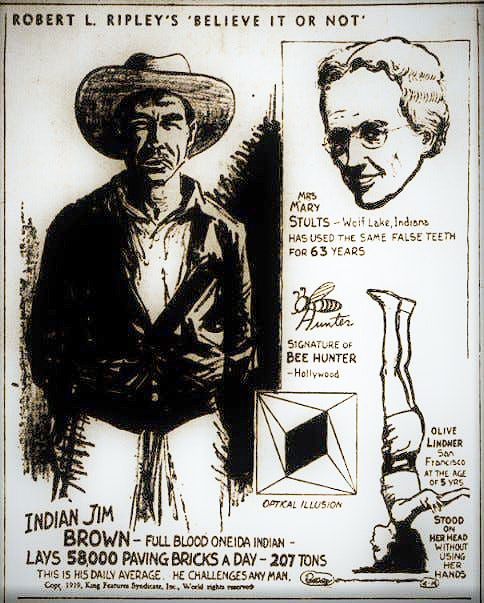
(Photos from the Lenexa Historical Society Collection and the Johnson County Museum Collection on JoCo History, and gosanangelo.com)


